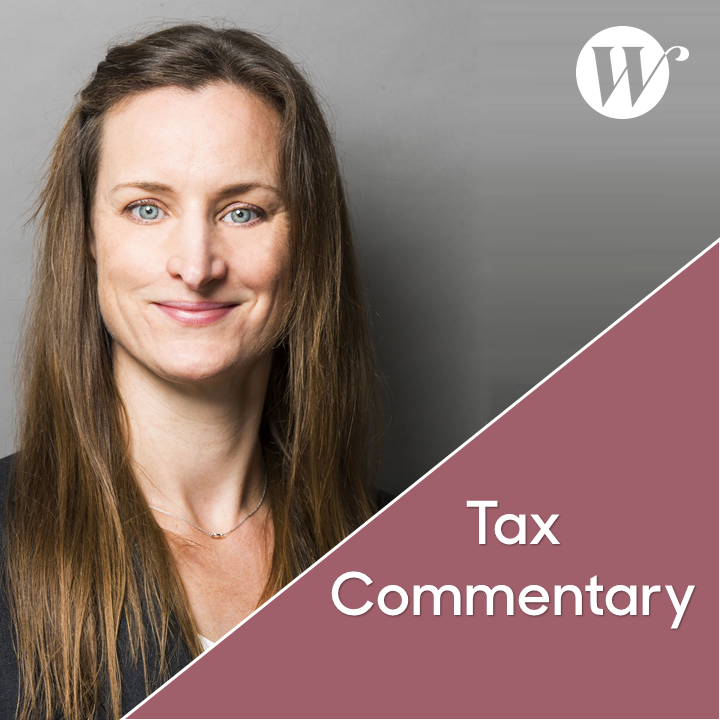This website uses cookies so that we can provide you with the best user experience possible. Cookie information is stored in your browser and performs functions such as recognising you when you return to our website and helping our team to understand which sections of the website you find most interesting and useful.
Friday 6 September 2019
Tax simplification: capital gains tax and other topics
Commentary by Emily Campbell
In this final piece, I consider the remaining parts of the Office of Tax Simplification’s Inheritance Tax review, second report.
Capital gains tax
Chapter 4 of the report deals with the interaction between inheritance tax and capital gains tax. Most people are aware that, generally speaking, capital gains tax is not payable on death and that gains are washed out on death or uplifted. The justification for this is that death is an occasion when inheritance tax is payable on the full value of an asset (i.e. not limited to any element of capital gain).
An important exception is where inheritance tax is chargeable on death under the gift with reservation rules. As the asset will not actually belong to the deceased, there will be no capital gains tax uplift.
Whether the full generosity of the current rules can be justified is doubtful. For example, the use of the spouse exemption can result in a situation where neither inheritance tax nor capital gains tax is payable on death, yet gains are uplifted. Furthermore, the nil-rate band – much higher than any starting amount for paying capital gains tax – can render the presence of an inheritance tax charge somewhat illusory.
Also, holdover relief on lifetime events where inheritance tax is payable (see especially section 260 TCGA 1992) is particularly generous, given the number of exempt occasions or occasions with a charge on a nil value (e.g. because of BPR/APR) which still attract the relief. Some may recall that one way in which Melville schemes were tackled was by preventing gifts into settlor-interested trusts from attracting holdover relief, not by way of challenging the ability as a matter of principle to secure holdover relief by use of de minimis transfers of value attracting only a technical charge to inheritance tax.
Chapter 4 of the report commences with the comment that, at a theoretical level, inheritance tax and capital gains tax are quite different and are underpinned by separate policy rationales. The chapter concludes that the capital gains tax uplift is imperfect and distortive and that a ‘no gain, no loss’ transfer would go a long way to eliminate the distortion. The recommendation is that, where a relief or exemption for inheritance tax applies, the government should consider removing the capital gains tax uplift and instead provide that the recipient is treated as acquiring the assets at the historic base cost of the person who has died.
Other areas
The effect of the remaining eight Chapters is summarised briefly below.
Chapter 5: businesses and farms
Four recommendations are made, which include considering whether it continues to be appropriate for the level of trading activity to be set at a lower level than for gift holdover relief or entrepreneurs’ relief.
Chapter 6: Life assurance products and pensions
It is recommended that the government should consider ensuring that death benefit payments from term life assurance are inheritance tax free on the death of the life assured without the need for them to be written in a trust.
Chapter 7: Anti-avoidance legislation
It is recommended that the government should review the POAT rules and their interaction with other inheritance tax anti-avoidance legislation to consider whether they function as intended and whether they are still necessary.
Chapters 8 to 12:
No specific recommendation is made in the following areas:-
- Grossing up;
- Spouse exemption;
- Residence nil rate band;
- Trusts; and
- Charities.
Looking forward
It will be interesting to see what, if any, legislative changes follow on from this review. Any changes are likely to provide more work for tax practitioners…
The author has been encouraged by the number of readers of this series of short pieces on the OTS review, which have appeared fortnightly on Fridays. The author intends to continue posting tax commentary, so watch this space!
To download this article, please click here.
To read Emily Campbell’s previous Tax Commentary, please click here.
For more information on our Tax practice, please click here.

